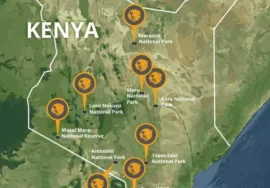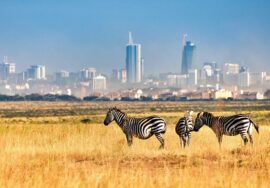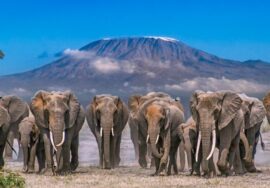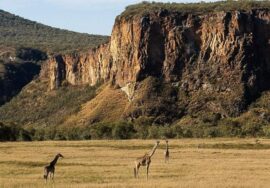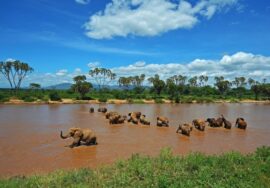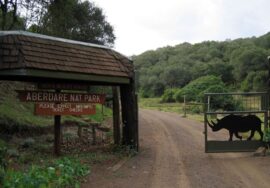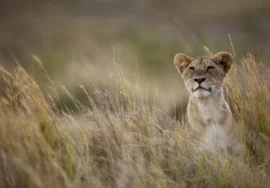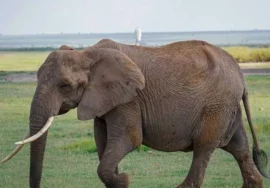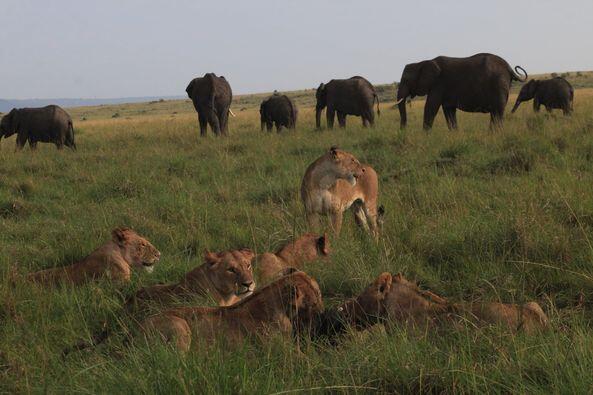
OL KINYEI CONSERVANCY
The Maasai herders agreed to limit the number of animals they let graze on their land in exchange for a lease deal. The regular income they get and the jobs at the nearby tourist camps have made the lives of these original pastoral peoples much better.
The land has grown back to its full and beautiful potential, with beautiful views of the Mara and green hills, rivers, and streams. A group of 20 lions lives in this paradise and makes it a wild cat lover’s dream. Also, people often see cheetahs and leopards on these fields.
Wildlife that comes and goes and stays
You can see a lot of different animals on your safari through the reserve. Look for impalas, buffalo, hippos, zebras, giraffes, and elephants. It’s easy to see some of the more than 450 kinds of birds that live in the sky and trees.
The reserve is right next to the Masai Mara, which makes it a great place to see the Great Migration, which is the biggest gathering of animals in the world. A lot of wildebeests and zebras come through these areas every year, from June to October, on their way to find better grasses. Sometimes, several million of them do. You’ll have a great view because you are guests at the reserve. As an added treat, if you come in January, you’ll see a second migration from the Loita Plains into Ol Kinyei.
Tourism with Low Density
Even though these fields are full of wildlife, the reserve has the fewest tourists of any area in the Mara. Since there are only two eco-camps here, each with six tents, each can only hold 12 people at a time. Also, other tourist cars are not allowed in the conservancy. Some lucky guests will have the thousands of acres all to themselves.
Don’t Forget…
You have to stay in your car while on vacation in the nearby national park. The car has to stay on the roads; you can’t go off-roading there. Things are different in the reserve.
If you want to get close to the sights and smells of the bush, the fields, the rivers, and the forest, you can go on nature walks with the Maasai. Your guide is a Maasai native who grew up on these savannahs, which makes the experience even more real.
His Village: You can visit one of the nearby Maasai towns, and it’s likely that your guide grew up or still lives there. Get close to these native people and find out about their ceremonies and traditions directly.
Lunch and a full-day game drive – What’s more enjoyable than a game drive? A game drive with lunch in the wild. You don’t need to stop what you’re doing to go back to camp and eat. Just pull over at the next beautiful view, and your guide will serve you a delicious lunch made by the camp. After you eat and rest, go on safari!
Safari After Dark: Another thing you can’t do in the national park is go on a safari at night. When the sun goes down, the land and animals change, and it feels almost like they are made of air. Other species will be looking back at you, their silver eyes shining in the moonlight. Don’t miss it!

